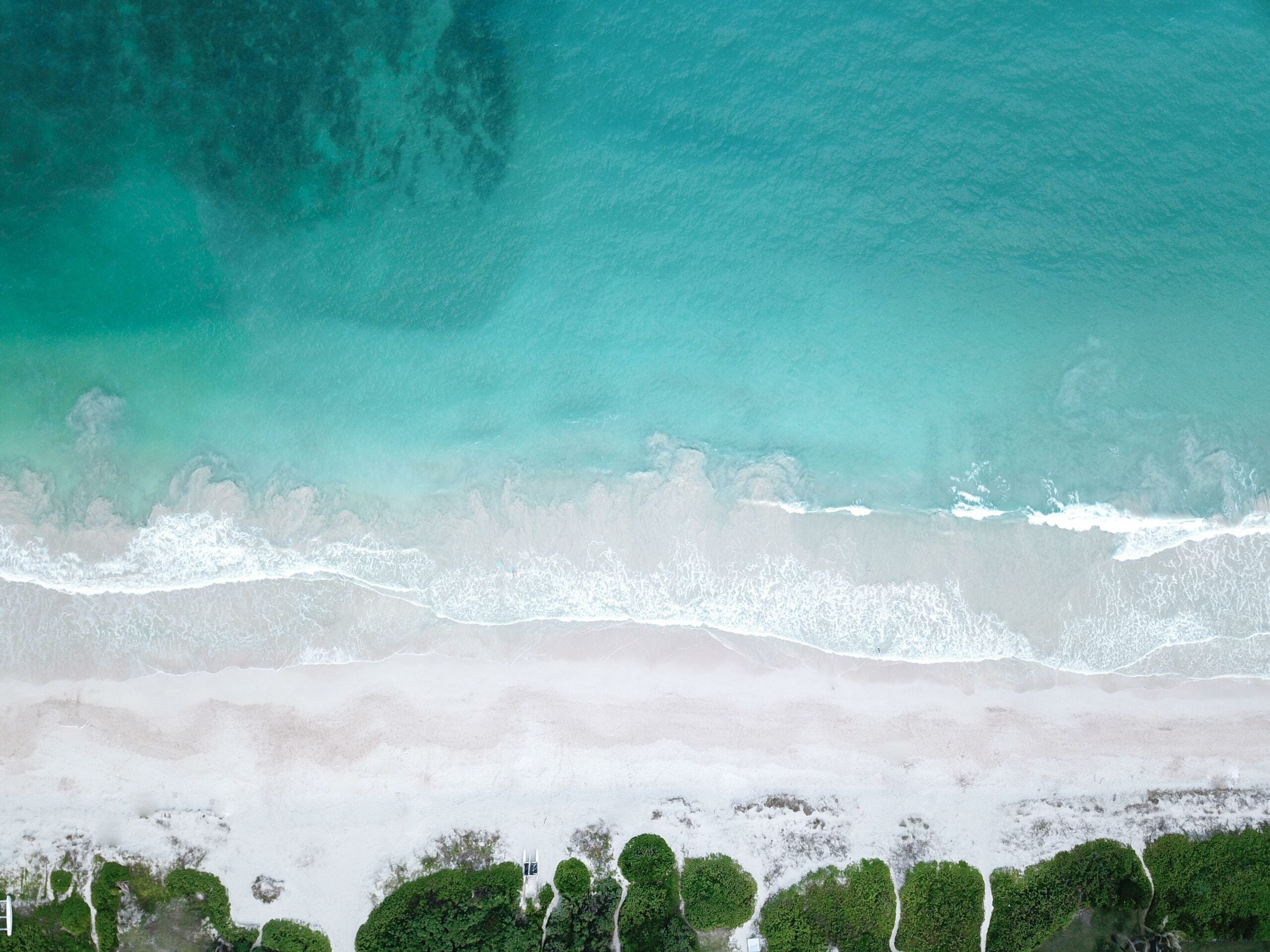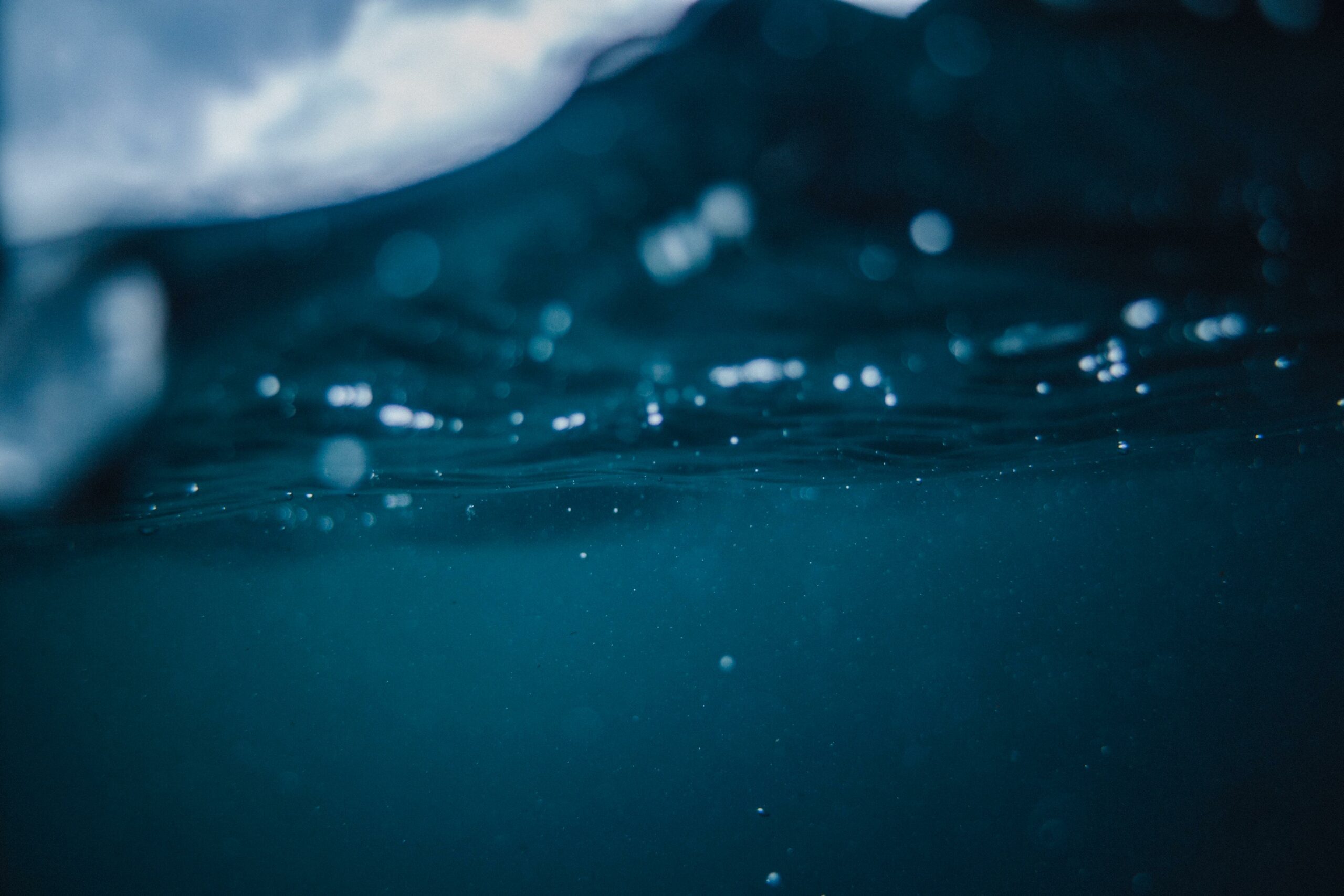Are you ready to embark on a journey of discovery with me? Join me as we unravel the secrets of one of nature’s most majestic wonders – the Black Sea. As an experienced travel writer and geography enthusiast, I have dedicated my life to exploring extraordinary destinations across the globe. Today, we set our sights on uncovering the hidden whereabouts of this mesmerizing body of water. With an insatiable curiosity, a meticulous eye for detail, and a knack for providing engaging insights, I invite you to join me in answering the captivating question: Where is the Black Sea located?

Where Is The Black Sea Located
The mysterious allure of the Black Sea has captivated explorers, travelers, and geography enthusiasts alike. As we embark on a journey to unravel the secrets of this majestic body of water, let’s dive into its geographical wonders and uncover its exact location.
Situated in the southeastern extremity of Europe, the Black Sea is a roughly oval-shaped body of water that connects to the vast Atlantic Ocean through a series of waterways. These waterways include the Bosporus Strait, the Sea of Marmara, the Dardanelles, the Aegean Sea, and the Mediterranean Sea. It’s through this intricate network of connections that the Black Sea becomes an integral part of the global maritime system.
Bordered by several countries, the Black Sea encapsulates a rich tapestry of cultures and landscapes. To the north lies Ukraine, while Russia claims the northeastern border. To the east, the Black Sea shares its boundary with Georgia, and to the south, it is embraced by Turkey. On the western side, Bulgaria and Romania complete the circle of influence around this remarkable body of water.
The Black Sea’s strategic location has made it a hub for boating, fishing, and trade. Its pristine waters offer a unique playground for sailing enthusiasts, while its rich marine life supports thriving fishing industries. Along its shores, bustling ports and harbors serve as crucial gateways for regional and international trade, connecting countries and facilitating economic growth.
However, what truly sets the Black Sea apart is its extraordinary characteristics. It holds the distinction of being the world’s largest body of water with a meromictic basin—an astonishing phenomenon where the deep waters do not mix with the upper layers. Imagine a layered cocktail where the ingredients retain their individuality, creating a delicate balance within the sea’s depths.
Peering into the depths of the Black Sea reveals a fascinating ecosystem shaped by its anoxic water—an environment devoid of oxygen from the atmosphere. More than 90% of the deeper Black Sea volume belongs to this unique realm, where life adapts and thrives in conditions unlike anywhere else on the planet.
The circulation patterns of the Black Sea are intricately controlled by its basin topography and the influx of river waters. These factors contribute to the sea’s strongly stratified vertical structure, creating a diverse and dynamic marine environment. It’s a delicate dance between the forces of nature, creating a symphony of currents and life beneath the surface.
Plunging into the Black Sea’s depths, we encounter its impressive measurements. With an average depth of 1,253 meters and a maximum depth reaching a staggering 2,212 meters, this ancient body of water holds secrets that stretch far beyond our understanding. It’s a world of hidden treasures waiting to be explored, a portal into the unknown.
The Black Sea, with its enigmatic allure and strategic location, is an enclosed sea with only one outlet—the Bosporus Strait. This narrow waterway connects the Black Sea to the Mediterranean Sea, serving as a gateway between continents and fostering cultural and economic exchange throughout history.
In conclusion, the Black Sea holds a majestic allure that has captivated explorers and adventurers for centuries. Located in the southeastern extremity of Europe, it is intricately connected to the vast Atlantic Ocean through a series of waterways. Bordered by Ukraine, Russia, Georgia, Turkey, Bulgaria, and Romania, the Black Sea’s geographic position provides essential opportunities for trade, fishing, and boating. Its unique characteristics, such as the meromictic basin and anoxic waters, contribute to its mystique and foster a diverse ecosystem unlike anywhere else on Earth. Whether you’re a curious traveler or an avid explorer, the Black Sea beckons you to uncover its secrets and immerse yourself in its mesmerizing allure.
The Black Sea is a fascinating body of water, filled with mysteries and wonders waiting to be discovered. If you’re curious about the hidden treasures that lie beneath its surface or the rich history that surrounds it, then you must check out these interesting facts about the Black Sea. Get ready to be amazed by the ancient shipwrecks that were found, the unique marine life thriving in its depths, and the breathtaking landscapes surrounding its shores. Don’t miss out on this opportunity to dive deep into the enchanting world of the Black Sea. So what are you waiting for? Click here to uncover the captivating secrets of the Black Sea: interesting facts about the black sea.
Where Is The Black Sea Located
The Black Sea, with its mystical allure, holds the key to unparalleled wonders. Nestled between Eastern Europe and Western Asia, its geographical location is a treasure in itself. Imagine standing at the edge of the Black Sea, feeling the cool breeze kiss your cheek as you take in the breathtaking view. If you’ve ever wondered where you can find the Black Sea, look no further. Click here to uncover the location of the Black Sea and discover the secrets it holds.
FAQ
Question 1: What is the geographical location of the Black Sea?
Answer 1: The Black Sea is located in the southeastern extremity of Europe. It is bordered by Ukraine to the north, Russia to the northeast, Georgia to the east, Turkey to the south, and Bulgaria and Romania to the west.
Question 2: How is the Black Sea connected to the Atlantic Ocean?
Answer 2: The Black Sea is connected to the Atlantic Ocean through a series of waterways. It is connected to the Atlantic Ocean by the Bosporus Strait, the Sea of Marmara, the Dardanelles, the Aegean Sea, and the Mediterranean Sea.
Question 3: What are some activities that can be enjoyed in the Black Sea?
Answer 3: The Black Sea offers various recreational activities such as boating, fishing, and trade. Its diverse marine ecosystem supports a thriving fishing industry, and its strategic location makes it an important waterway for trade.
Question 4: What makes the Black Sea unique in terms of its water composition?
Answer 4: The Black Sea has a meromictic basin, which means its deep waters do not mix with the upper layers of water. Over 90% of the deeper Black Sea volume is anoxic water, lacking oxygen from the atmosphere. This unique composition contributes to the Black Sea’s distinct ecological characteristics.
Question 5: How deep is the Black Sea and how is its circulation controlled?
Answer 5: The Black Sea has an average depth of 1,253 meters and a maximum depth of 2,212 meters. Its circulation patterns are influenced by basin topography and fluvial inputs, resulting in a strongly stratified vertical structure. The only outlet of the Black Sea is the Bosporus Strait, which connects it to the Mediterranean Sea.
- China II Review: Delicious Food & Speedy Service - April 17, 2025
- Understand Virginia’s Flag: History & Debate - April 17, 2025
- Explore Long Island’s Map: Unique Regions & Insights - April 17, 2025
















